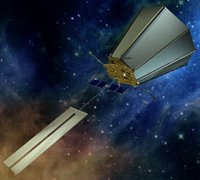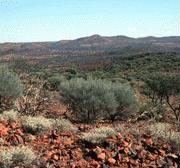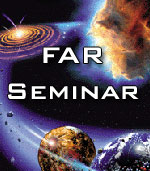
NASA’s coronagraphic version of the Terrestrial Planet Finder (TPF-C)
is scheduled for launch in ~2014 to directly image terrestrial planets
orbiting within the habitable zones of nearby stars. With this stated
objective, there is clearly a built-in consideration of life and the
hope of finding habitable (or inhabited) worlds. But which stars should
we, or can we, observe? With the capability to search only 35 to 165
stars, and a price tag of more than $1 billion, one of the most
controversial problems that scientists and engineers are now facing is
that of target selection. In the first part of this talk we will
discuss the challenges, both scientific and instrumental, in picking
target stars. On the science side of things, we will review the concept
of “habstars,” stars that could set up favorable conditions for life as
we know it on Earth. On the engineering side of things, we will also
look at TPF’s likely limitations for planet detection. But how many
habstars actually meet the engineering criteria? Can we create a list
of stars that is both scientifically interesting and observationally
feasible?
 A Record of the Earliest (4.5-3.8 Ga) Surface Conditions on Earth?
A Record of the Earliest (4.5-3.8 Ga) Surface Conditions on Earth? Simulating Groundwater Radiolysis With Oxidation of Pyrite by Hydrogen Peroxide Solution
Simulating Groundwater Radiolysis With Oxidation of Pyrite by Hydrogen Peroxide Solution Exploring Planet-Forming and Debris Disks
Exploring Planet-Forming and Debris Disks Quantifying Water Production in Comets - The "Meter Stick" for Their Chemical Taxonomy
Quantifying Water Production in Comets - The "Meter Stick" for Their Chemical Taxonomy